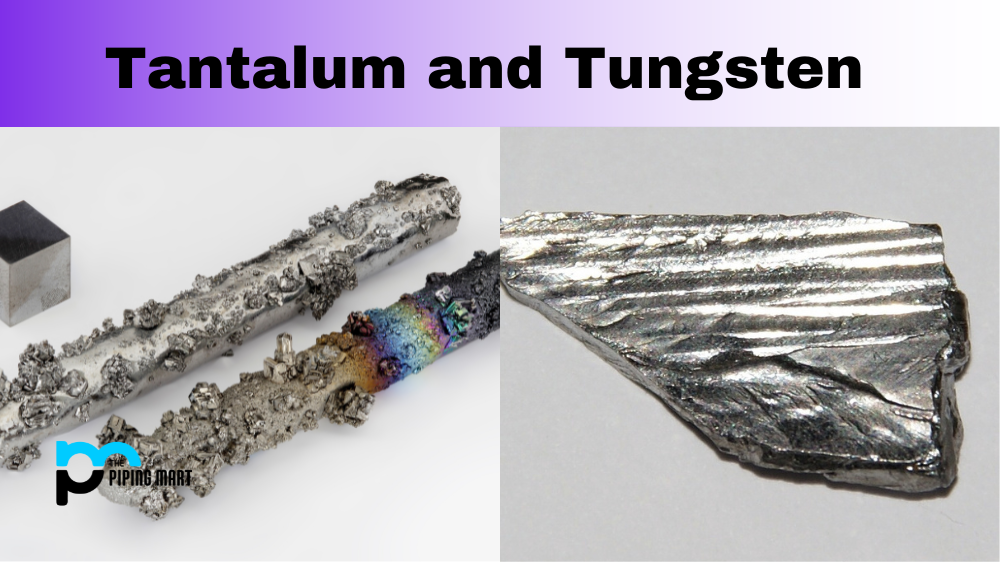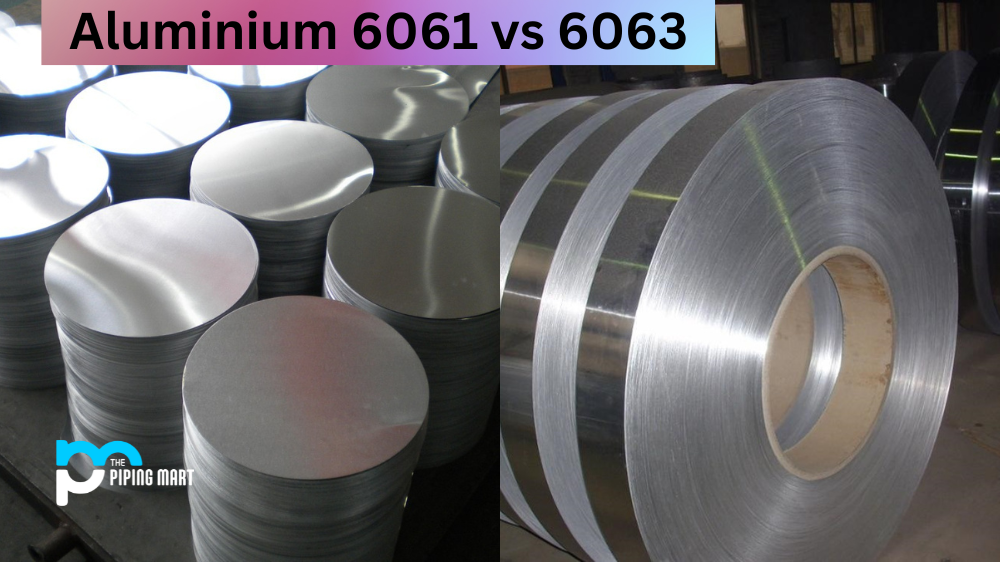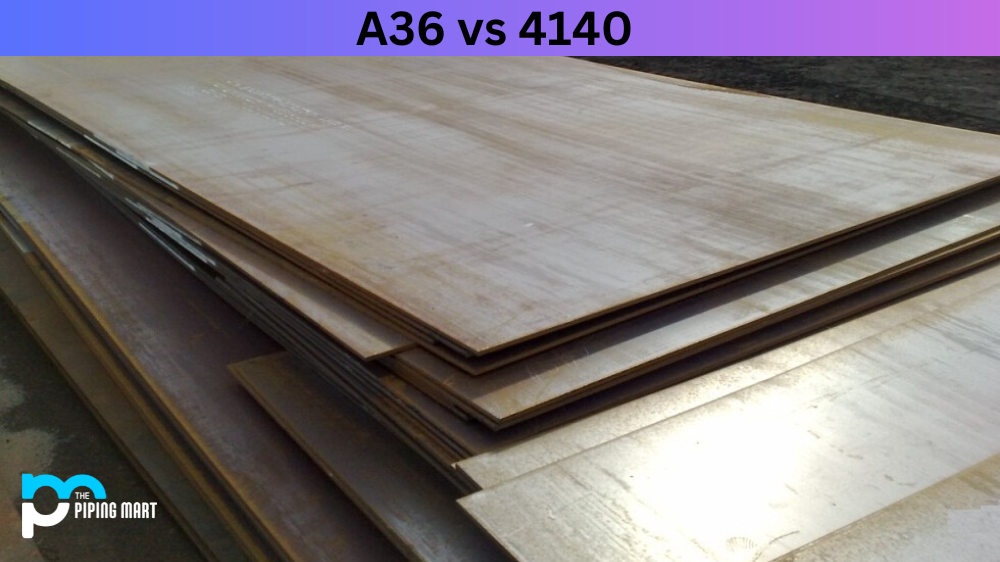Ever heard of tantalum and tungsten and wondered what the difference between them is? Both are heavy, hard metals with a wide range of applications. However, there are several key differences between the two that make them better suited for different applications. Let’s take a look at these differences and explore why each metal may be used in different situations.
Physical Properties
Tantalum has a much higher melting point than tungsten, making it suitable for use in high-temperature environments such as jet engines or welding equipment. It also has a higher density, meaning it is heavier than tungsten on an equal volume basis. This makes tantalum more durable than tungsten and thus better suited for certain types of wear applications like rings or tools.
Tungsten has a much higher tensile strength than tantalum, meaning it will not deform or break under pressure as easily as tantalum will. Therefore, it is often used in applications where high strength and low weight are both important such as bicycle frames or fishing lures. It also has higher electrical conductivity than tantalum which makes it useful for electronic components such as resistors and transistors.
Chemical Properties
Both metals have similar corrosion resistance, but tantalum’s corrosion resistance tends to be greater in acidic environments, while tungsten’s corrosion resistance is greater in alkaline environments. This means that one metal may be more suitable for use in specific industrial processes over the other depending on the chemicals involved.
Tantalum also has a lower coefficient of thermal expansion than tungsten which can be beneficial when building components that need to expand or contract with heat without breaking down due to extreme temperatures.
Tantalum vs Tungsten Weight
When choosing between tantalum and tungsten weights, there are several things to consider. Both materials have unique properties that make them suitable for certain uses. Tantalum is lighter in weight than tungsten, making it a better choice for applications which require precision, lightness, and rigidity. On the other hand, tungsten is denser than tantalum and therefore better suited for applications involving heavy materials or extreme temperatures. Furthermore, one should also compare their cost and availability when making a decision about what material to use for their project. Ultimately, the choice between tantalum vs tungsten weight depends on individual requirements like strength and weight manipulation.
Tantalum vs Tungsten Density
Understanding the difference between tantalum and tungsten densities is important when considering which material to use for an upcoming project. Tantalum’s density at room temperature is 16.6 g/cc, making it very dense and highly resistant to corrosion and oxidation. On the other hand, tungsten has a much higher density of 19.1 g/cc, allowing it to be even more resistant to corrosion and oxidation than tantalum. Additionally, both materials have excellent strength-to-weight ratios yet differ in their melting points significantly; tantalum melts at 3017º C whereas tungsten boils at 5900°C – nearly twice as hot! Therefore, knowing the differences between these two metals can help determine which one might work best for any given project.
Conclusion:
In conclusion, tantalum and tungsten both have unique properties that make them better suited for specific applications over the other metal. Depending on the environment you need your component to function, one metal may be more suitable than the other due to its physical or chemical properties. By understanding how these two metals differ from one another, you can make an informed decision about which material to use for your desired application.

Pipingmart is a B2B portal that specializes in metal, industrial and piping items. Additionally, we share the latest information and information about materials, products and various types of grades to assist businesses that are involved in this business.




